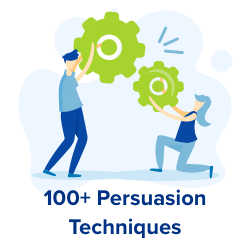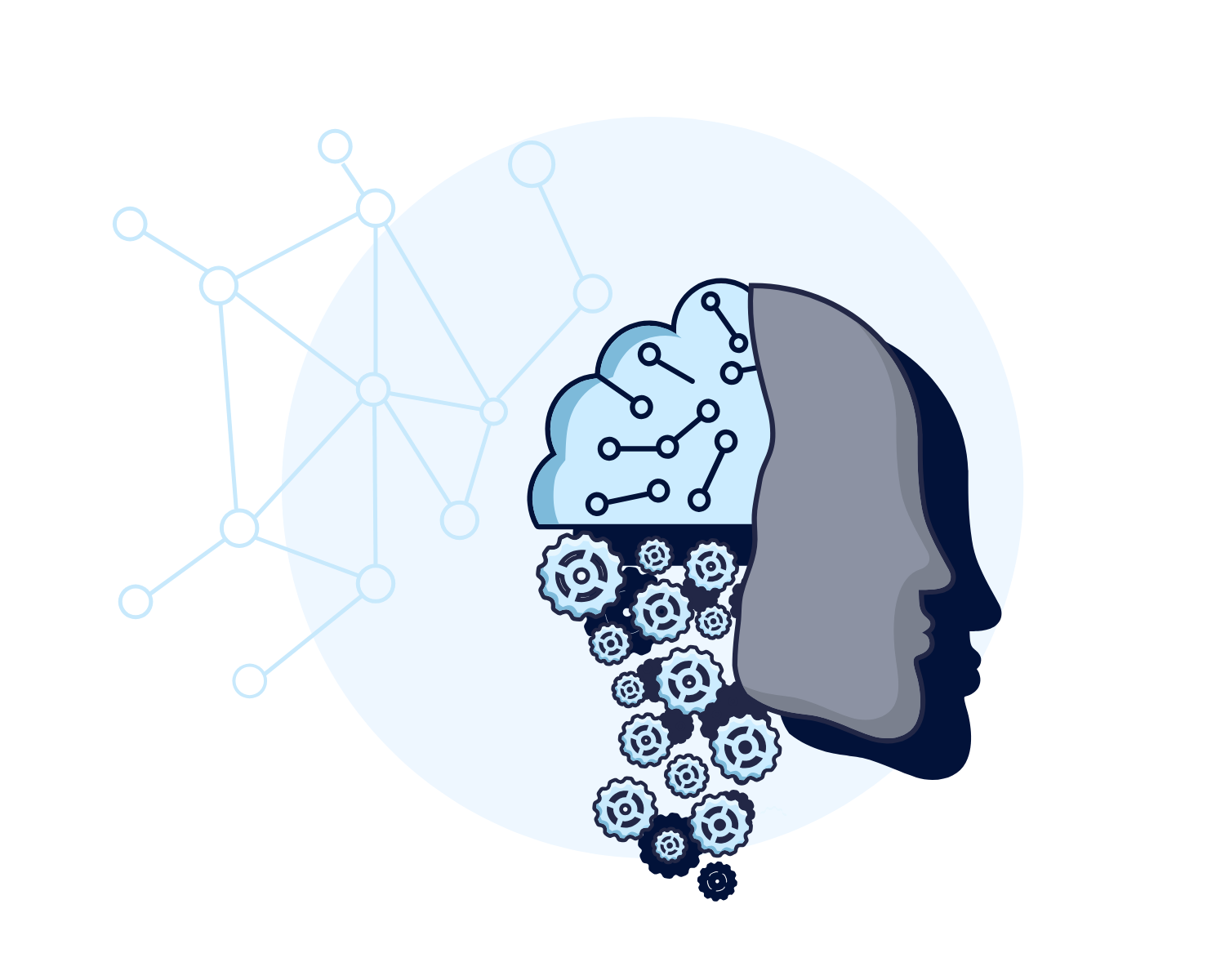Seven Ways To Boost Travel Industry Conversion Rates With Neuroscience
![]() This article was originally posted on Tnooz
This article was originally posted on Tnooz
—
According to web research company, Baymard Institute, two out of three (67.45%) online shopping carts are abandoned before purchase.
Every travel retailer knows tools such as discount codes and flash sales can help convince customers to purchase trips or add-ons, but what other methods can push customers over the line and convert online shopping baskets into sales?
It is important in sales to recognise that, when it comes to targeting customers effectively, 95% of decisions are steered by our subconscious.
For years physical travel agencies have applied psychological tactics such as large idyllic images in stores and telling customers there’s a limited amount of rooms left in a hotel. It’s a proven and very effective method to sell products – so why shouldn’t online outlets have a similar psychological-based approach to selling?
By applying simple changes to your site, you could find significant improvements in conversion rates.
Here are 7 simple principles based on neuroscience you can apply to your travel website to help convert sales.
1. Need for certainty
Ambiguity at the checkout stage of a sale puts customers off quickly. By providing clear information on what will happen when a customer clicks on a link or avoiding vague information around offers you can prevent this.
Simple user testing can help to pinpoint any areas where there may be confusion and fix them straight away. You could try offering a free trial of your service or display reviews clearly, so wary customers have more reassurance when committing to a purchase.
2. Decoy effect
A common issue for customers when picking between packages on a site is hesitation or confusion between two options. Presenting a third option or ‘an ugly brother’ can strongly influence choice by providing a decoy.
Consider providing an option significantly less attractive than the one you would like to sell. By offering a service which is far more expensive and only marginally more lucrative, customers are more likely to feel they are getting a better deal by picking the mid-range option you want them to purchase, bypassing the cheapest option.
3. Hyperbolic discount
Hyperbolic discounting is based on a desire for an immediate reward, rather than a higher valued, delayed one. Put simply, people would rather receive £5 right now rather than £10 in a month’s time.
To play on this principle you can use tactics such as providing instant small discounts and rewards with a time limit or a value like ‘free airport transfers on all orders over £300’ or ‘10% off today only.’ This can subtly incentivise your customer to make a quick decision rather than holding out for larger discount.
4. Social proof
Social proof is the idea that by nature we are driven to conform. We are influenced to copy others’ actions and decisions, especially when we are unsure of our own choices.
You can easily play on this principle in the sales market by utilising your social media networks. If a company has a large amount of followers or mentions they will see a marked improvement in sales, as more customers trust the brand is popular, therefore by increasing your social media following, you can positively influence judgement of your site.
5. Paradox of choice
An abundance of choices can lead to consumer anxiety. If there are too many links or pictures to click on one page, or if there are many desirable options to choose from, it can cause users to become overwhelmed and leave the page.
By drastically simplifying your options you can prevent this. Displaying your best selling or ‘new in’ options first, means you are showcasing your best products, as well subtly guiding your customers’ eyes to the package or service you would like them to purchase without causing stress by offering too much choice.
6. Curse of knowledge
If you’re selling a product, you probably know everything there is to know about it. However this can be detrimental when writing descriptions, as you can sometimes assume consumers know as much as you do. When a new customer reads a description that is over-complicated, or doesn’t have enough information, they can be put off very quickly.
To avoid the ‘curse of knowledge’ make sure you’re fully aware of the gap between your knowledge of your product or service and your customers. Try to put yourself in their shoes and remember to always think ‘clear and effective’ as well as boldly highlighting USPs and keywords.
7. Information bias
The more information we receive, the more confident we feel when making a purchase. It makes us believe we are making a well informed decision based on a more rational basis, even if said information isn’t that relevant.
By using the information bias, you make your customers feel secure by providing plenty of detail. Apply this rule when displaying all products and offers, and treat your images with a similar mindset, if you can provide several images at different angles, or even a video, customers will feel more secure.
The role of neuroscience in consumer experiences has often been overlooked. The steps above are low cost and simple psychological techniques that travel retailers can easily implement to optimise their sites and to boost conversion, resulting in an upturn of sales.



